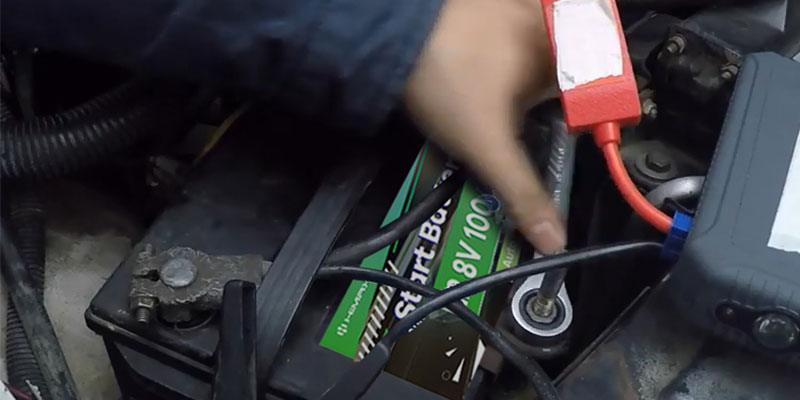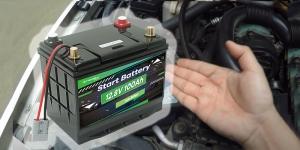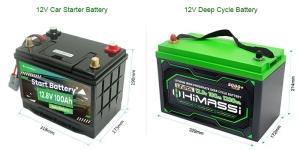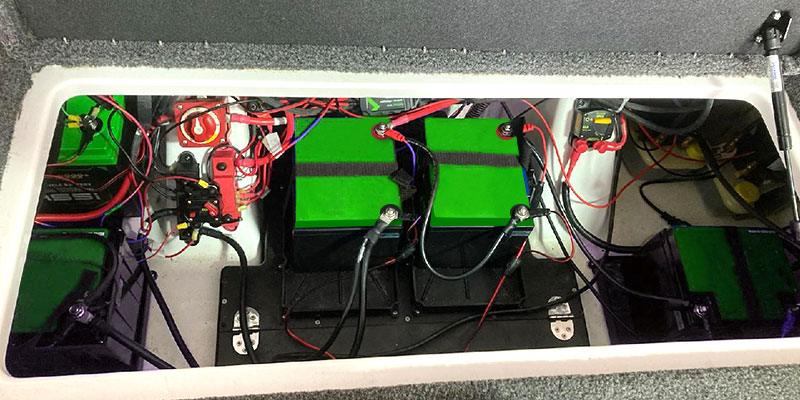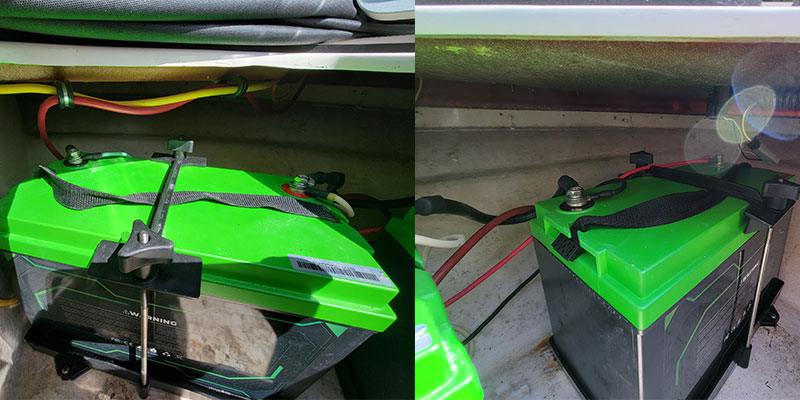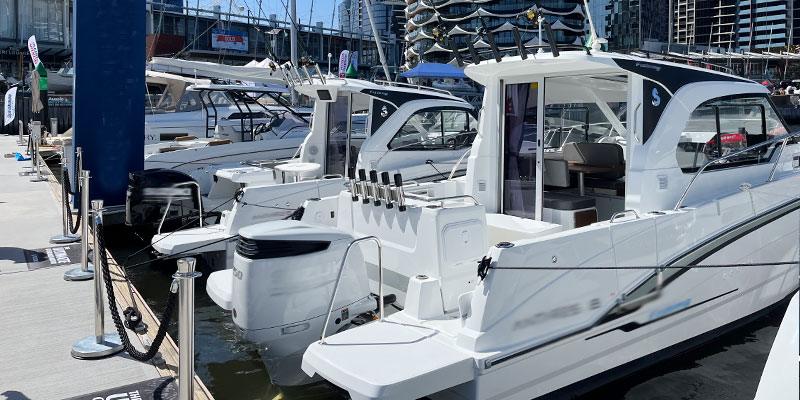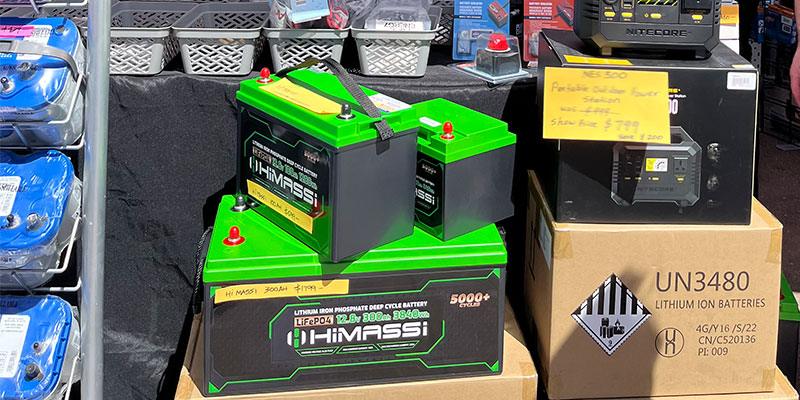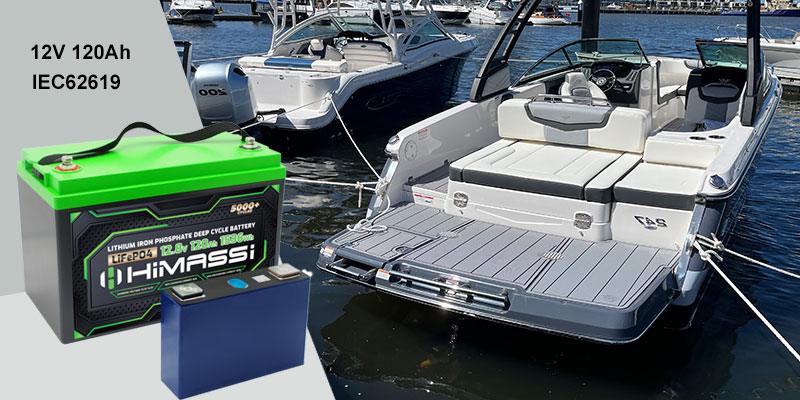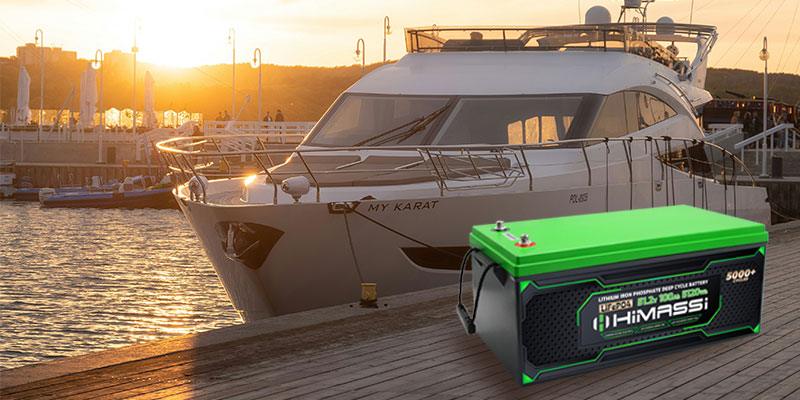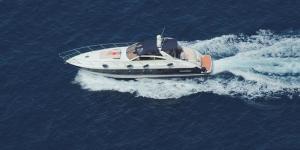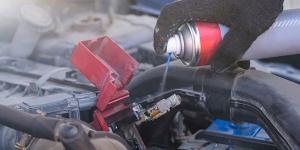Detailed Characteristics of Marine Batteries
Marine batteries are designed for various marine needs, with potential automotive applications. Starting Marine Batteries are for quick energy bursts to start engines. They are rapidly recharged by the alternator but not for powering appliances.
Deep Cycle Marine Batteries discharge slowly over time, enduring many cycles. They are perfect for electric trolling motors and appliances. However, they should not replace starting batteries, especially in emergency vehicles.
Dual-Purpose Marine Batteries offer both starting and deep cycle capabilities. They are ideal for smaller boats with limited space. While versatile, they might not be as efficient as dedicated batteries for each purpose.
Compatibility of Marine Batteries with Automotive Systems
Integrating a marine battery into a car requires careful consideration. Voltage compatibility is a basic requirement, but delivery and recharge methods differ significantly. Physical fit and installation are also crucial, as marine batteries may vary in size and weight.
Terminal configurations may differ, requiring adapters or cable modifications. Charging requirements and alternator impact are also significant. Marine batteries need a different charging curve, which may necessitate alternator adjustments or upgrades.
Pros and Cons of Using Marine Batteries in Cars
Advantages include enhanced durability and reliability, especially in off-road or challenging environments. Marine batteries perform better under extreme weather conditions, offering higher cranking amps and deep cycling capabilities.
However, marine batteries are more expensive than standard car batteries. Their increased weight and size can also impact fuel efficiency and space for other essentials.
Case Studies and Technical Adjustments for Using Marine Batteries in Cars
Case Studies of Marine Battery Use in Automotive ApplicationsOff-Road Adventure Vehicle:
- Background: An off-road enthusiast equipped their vehicle with a marine battery for reliable power. This included winches, lights, and communication systems during wilderness excursions.
- Implementation: A dual-purpose marine battery was chosen for its high cranking power and deep cycle capabilities. This was crucial for heavy-duty electrical equipment.
- Outcome: The battery performed outstandingly, handling multiple deep discharge cycles without failure. It demonstrated significant endurance in various weather conditions.
- Emergency Service Vehicle:Background: A rural fire department retrofitted an emergency vehicle with a deep-cycle marine battery. This was to handle high demand for onboard electronics and medical equipment during extended periods without engine power.
- Implementation: The vehicle was outfitted with a high-capacity deep-cycle marine battery. It was known for its robustness and longevity in discharge-recharge cycles.
- Outcome: The battery’s performance was exemplary, offering extended operational capabilities during emergencies.
- significantly outperforming the previous automotive batteries used, which often failed under the strain of heavy usage.
Technical Adjustments for Integrating Marine Batteries into Cars
- Alternator Modification:Marine batteries typically require a different charging profile than standard automotive batteries. Modifying the vehicle’s alternator to provide a suitable charging voltage and current is essential. This may involve installing an adjustable voltage regulator to manage the charging process more effectively.
- Battery Management System (BMS):Installing a BMS can significantly help in monitoring and managing the battery’s health. This system ensures the marine battery is not overcharged or excessively discharged, conditions that can drastically shorten its lifespan when used in automotive applications.
- Enhanced Wiring and Connectors:Due to the potentially higher current draw and the need for robust connectivity, upgrading the vehicle’s wiring and connectors to heavier gauges and corrosion-resistant materials can prevent voltage drops and power losses.
- Physical Installation Adjustments:Ensuring that the marine battery fits securely in the automotive battery tray, possibly requiring customization of the tray or the use of special mounting brackets to accommodate the marine battery’s size and shape.Provide adequate ventilation around the battery, especially if it’s a type that emits gases during charging.
- Thermal Management:Implementing thermal management solutions to regulate the temperature of the battery, particularly if the vehicle operates in extremely hot or cold climates, can enhance battery performance and durability.

